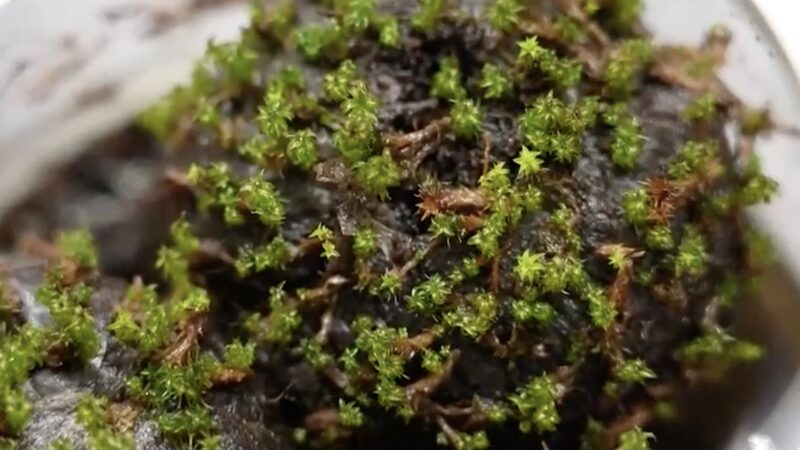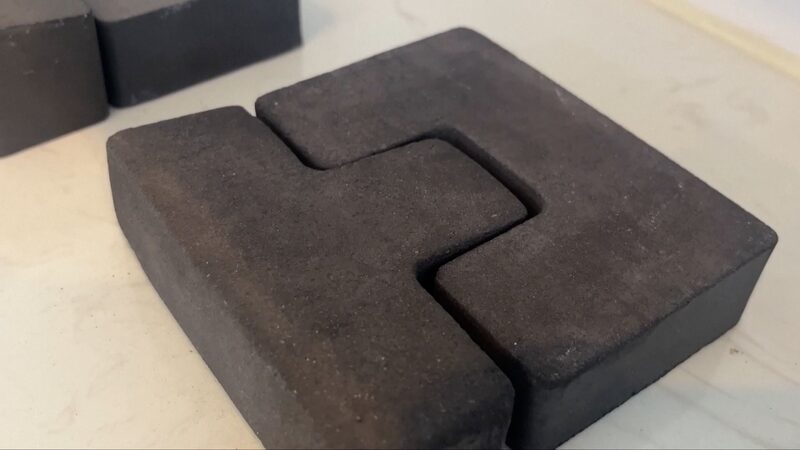In the vast, sun-scorched deserts of Asia, a humble moss species is rewriting the rules of survival. Syntrichia caninervis, nicknamed "space moss," thrives where few organisms dare to exist – enduring extreme dehydration, sub-zero temperatures, and radiation levels that mimic conditions on Mars. Recent studies suggest this resilient plant could play a pivotal role in humanity's interplanetary ambitions.
Nature's Ultimate Survivor
Discovered in China's Xinjiang Uygur Autonomous Region and other arid zones, the moss survives losing 98% of its water content and springs back to life within seconds of rehydration. Researchers from the Chinese Academy of Sciences note its unique cellular repair mechanisms could help engineer crops for space habitats. "It's a blueprint for biological adaptation," said Dr. Li Wei, a lead researcher on the project.
From Earth's Deserts to Martian Soil
Experiments simulating Martian conditions – including intense UV radiation and -80°C temperatures – revealed the moss not only survived but continued photosynthetic activity. This breakthrough has sparked interest from space agencies and private firms investing in extraterrestrial colonization technologies. If successfully deployed, S. caninervis could help generate oxygen, stabilize soil, and create microhabitats for future Mars missions.
Implications Beyond Space Exploration
The discovery also offers solutions for Earth's climate challenges. Agricultural scientists are exploring how the moss's drought-resistant genes could enhance food security in arid regions. For investors tracking Asia's biotech sector, this research represents a growing frontier in sustainable innovation.
As international teams collaborate to unlock the moss's full potential, S. caninervis stands as a testament to nature's ingenuity – and humanity's enduring quest to push boundaries, both on Earth and among the stars.
Reference(s):
The miracle of life in the desert: The moss that might conquer Mars
cgtn.com








